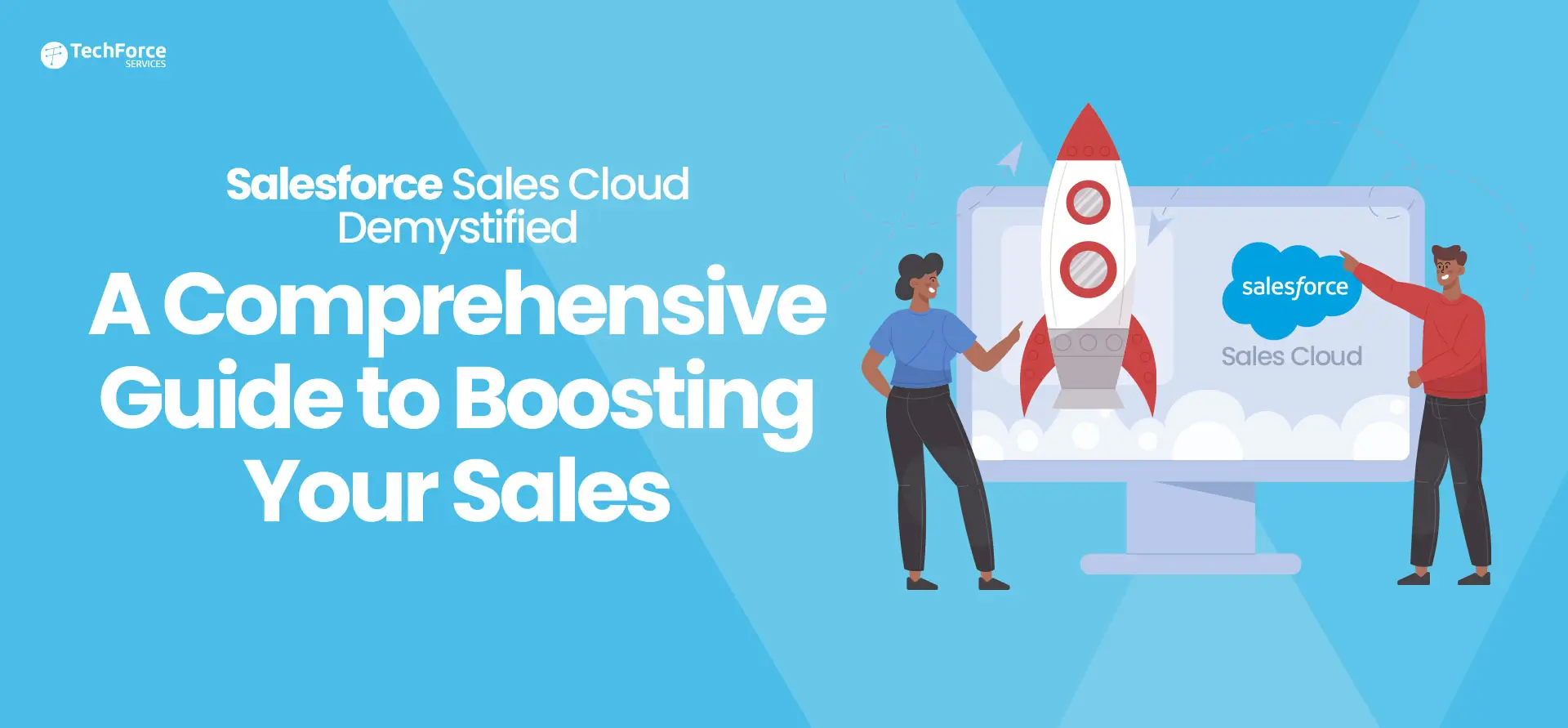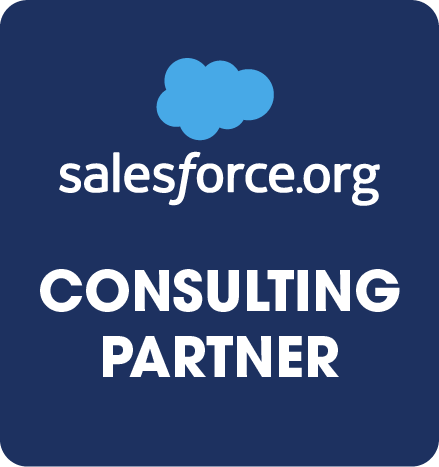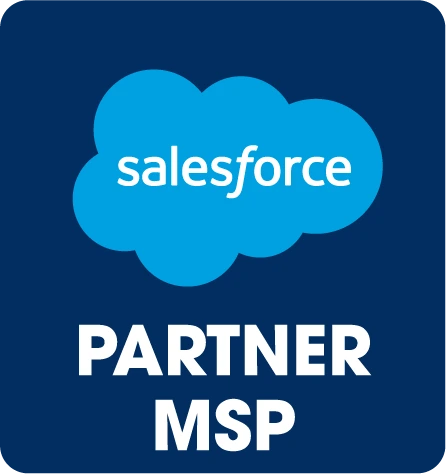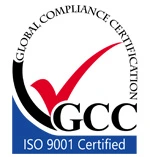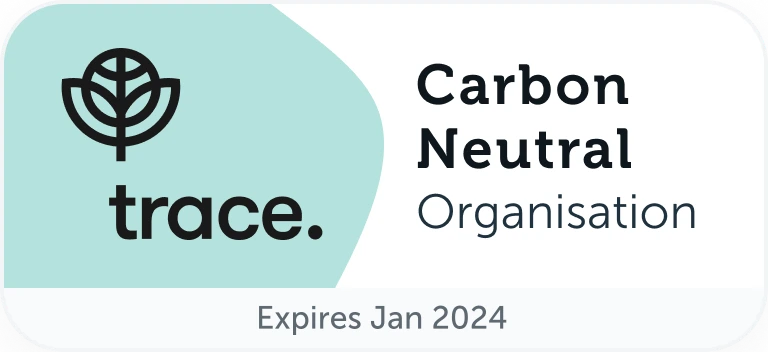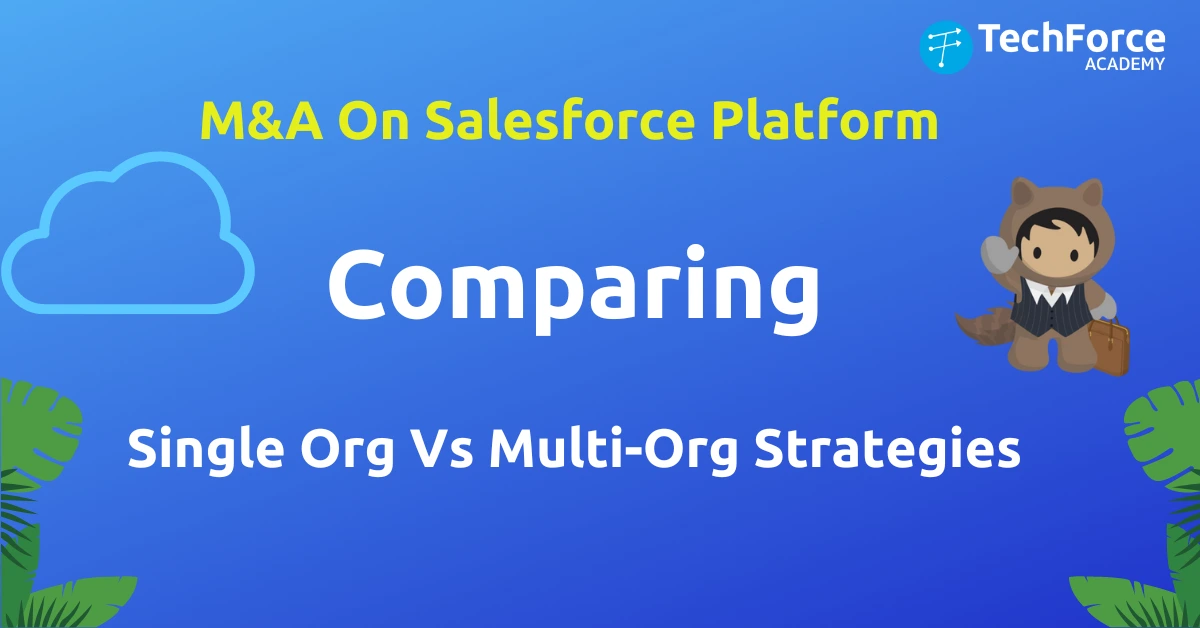
Navigating M&A on the Salesforce Platform: The Benefits and Challenges of Single-Org and Multi-Org Strategies
Mergers and acquisitions (M&A) involve the combining of two companies or organisations. When it comes to M&A on the Salesforce platform, there are two main strategies that can be used: single-org and multi-org.
Single-org strategy involves consolidating all the data and processes from both organisations into a single Salesforce instance, or “org.” This can simplify the integration process and make it easier to manage the combined organisation, as there is only one set of data and processes to work with. However, it can also be more challenging to implement, as it requires a detailed analysis of the data and processes of both organisations to ensure that they can be effectively merged. It may also require significant customisation to accommodate the needs of both organisations.
Multi-org strategy involves maintaining separate Salesforce instances for each organisation and integrating them through various methods such as APIs or integrations. This can be more flexible and allow each organisation to retain its own distinct processes and data, but it can also be more complex to manage and may require more resources to maintain the separate instances.
Both single-org and multi-org strategies have their own benefits and challenges, and the best approach for a particular M&A situation will depend on the specific needs and requirements of the organisations involved. Some of the pros and cons of both the strategies are captured below:
Multi-Org Strategy:
Pros:
- Allows acquired companies to continue operating independently, which can be beneficial if they have complex processes or a large volume of data.
- Allows for a more flexible integration process, as each acquired company can be integrated at a pace that works for them.
- May be a good choice if the acquired companies have different Salesforce configurations or use different features in different ways.
Cons:
- Can be more complex and resource-intensive to manage multiple instances and ensure that data is synced and integrated across them.
- May require significant effort to ensure that data is consistent and accurate across multiple instances.
- May have higher long-term maintenance and support costs due to the need to manage multiple instances.
Single-Org Strategy:
Pros:
- Simplifies the integration process, as all data and processes are consolidated into a single instance.
- May be easier to manage and maintain in the long term, as there is only one instance to manage.
- Can allow for a more seamless integration of acquired companies’ processes and data.
Cons:
- May require significant customization and data migration to ensure that all acquired companies’ data and processes are properly integrated and aligned with the parent company’s systems.
- May not be as flexible as a multi-org approach, as all acquired companies must be integrated at the same time.
- May not be a good choice if the acquired companies have significantly different Salesforce configurations or use different features in different ways.
Ultimately, the choice between a multi-org and single-org strategy will depend on the specific needs and goals of the organisation, as well as the resources available to support the integration process. It may be helpful to carefully consider the pros and cons of both approaches, as well as the specific needs and challenges of the acquired companies, when deciding on the best approach.

